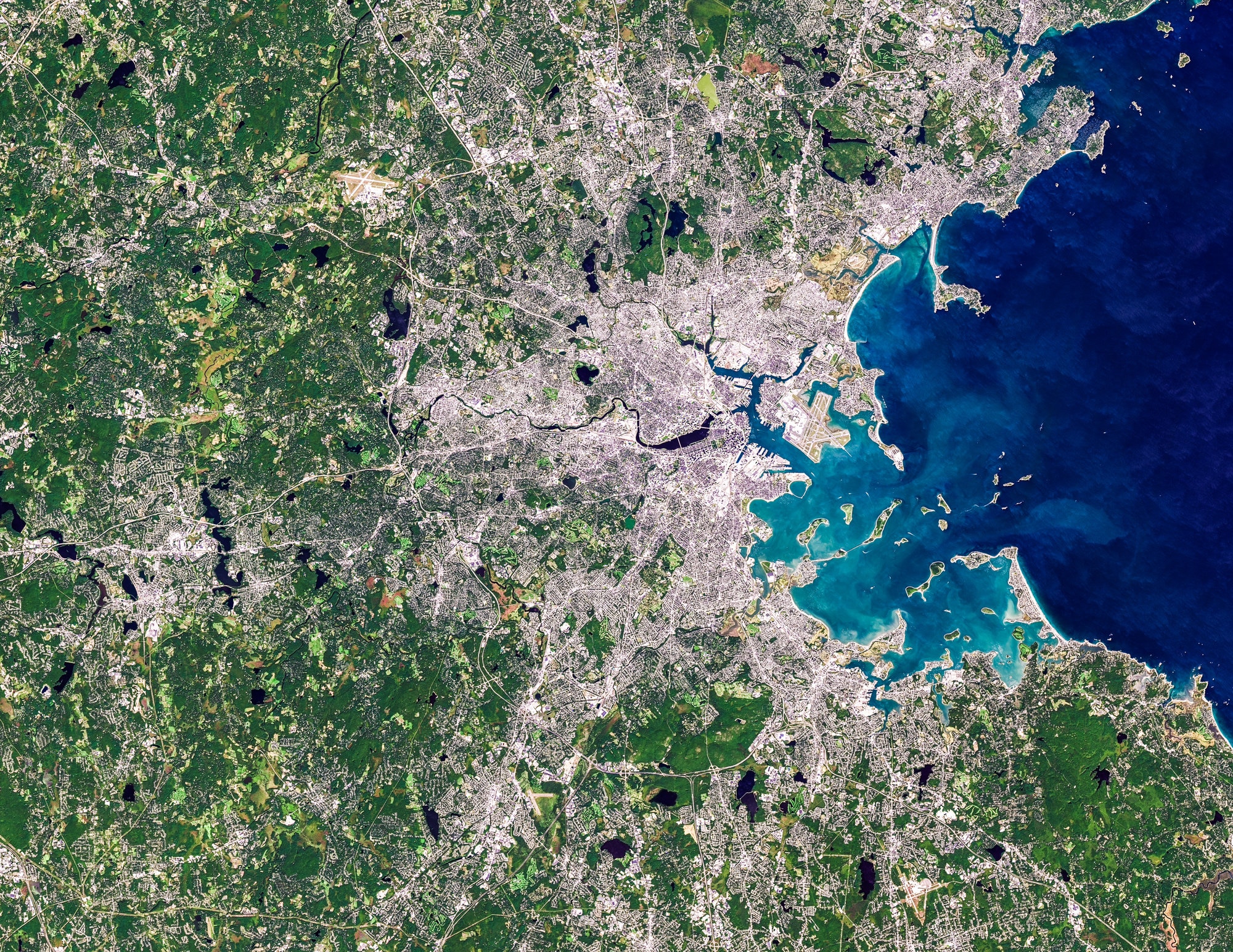
Drawing the map of American generosity
How to spend our charitable dollars is a decision personal to each of us—but it turns out that where you live may be an indicator of how you give. Factors like demographics and economic conditions shape every city’s unique giving personality—weaving together to create the intricate fabric of American philanthropy. While national giving trends may sketch a broad outline of America’s charitable habits, zooming in on the data for a city-by-city look can color in the full picture.
To understand the full landscape of American giving, we analyzed 2018 giving data from 30 metropolitan areas—and dove in to understand how the priorities, concerns and values of donors across the country stack up. So, how is the average donor in Miami different from a donor in Minneapolis? And what are the top priorities for donors in Phoenix vs. Philadelphia? Take a tour of American giving trends through the rankings of top cities for giving by charitable sector.
The top 10 cities for giving to each charitable sector
Rankings for sectors that more strongly reflect a city’s identity—like education and religion—tend to remain more consistent from year to year. Sectors that are more driven by the public’s mood in the moment are likely to see more significant shifts in the rankings. For example, human services and international affairs are likely to see surges in giving related to significant current events or natural disasters. Environment and animals and arts and culture also saw significant changes in the rankings in 2018, in part because the overall smaller size of these charitable categories makes them more susceptible to fluctuations.
- Arts and culture: Portland, OR, known for its vibrant art and music scene, moved up the rankings in 2018 to take the top spot for the first time—unseating Boston from first place.
- Education: Bridgeport, CT continued a streak of first-place finishes for the education sector. And it’s no surprise why: It’s a center for wealth and one of the most educated areas in the country—two factors that indicate strong support for this sector.
- Environment and animals: With Providence falling in the rankings to fourth, Boston moved to the top of the list for support for the environment and animal welfare.
- Health: Boston maintained its spot at the top of the list for giving to the health sector, with its proud history of excellence in healthcare as the home to many renowned hospitals and research centers.
- Human services: Donors in the Cleveland area used their Giving Accounts to support human services charities in 2018—making the region first in support of this sector, jumping two spots from the year before.
- International affairs: As a center for global politics and advocacy, it is no surprise that Washington, D.C. moved up the rankings to first for support of international affairs organizations—unseating New York for the top spot.
- Religion: St. Louis maintained its place at the top of the list for giving to the religion sector in 2018—followed closely by Houston and Indianapolis, which jumped five and six spots in the rankings, respectively.
- Society benefit: Miami donors have long been strong supporters of society benefit organizations, and 2018 was no different. The metro area maintained its top spot in the rankings for the fourth year running.
Responsive giving leaves a mark
Current events are highly influential in the way donors make giving choices. In 2018, donors responded to the news and events in their area—which caused some cities to surge or drop off the sector rankings. The rankings for giving to the human services sector were responsive to natural disasters in 2018. San Francisco surged four spots to fifth in the rankings, driven by giving to support victims of wildfires that ravaged communities nearby. Similarly, Charlotte entered the rankings—fueled by disaster relief efforts related to Hurricanes Florence and Michael.
- Portland moved four spots to second in the rankings for giving to the environment and animals sector. Environmental activism may have been top-of-mind in Portland last year, as Juliana v. United States—a landmark lawsuit filed in Oregon by 21 students against the federal government over its climate change policies—continued to garner media attention.
- As the nation’s capital, the international feels local in Washington, D.C., which was evident in its surge in the rankings of giving to the international affairs sector. The increase in international support here was influenced by world events—from the humanitarian crisis in Yemen to controversial immigration policies at the U.S.-Mexico border.
A regional snapshot of giving
Shaped by a variety of factors such as demographics, education levels and economic conditions, there are also regional differences in how donors around the country prioritize different areas of charitable support.
- As one of the most popular charitable sectors nationwide, religious support is most concentrated in the South and Midwest, home to nearly all of the top-10 cities for giving to this sector.
- Highly educated populations fuel strong support for the education sector, and those are often found in the Northeast. Areas that are close to many of the oldest and most prestigious universities in the country are consistently at the top of the rankings for giving to educational institutions.
- With more diverse landscapes and outdoorsy lifestyles, areas in the West are disproportionately prominent in the rankings for support of the environment and animals sector.
- Giving to the international affairs sector is fueled by cities with a more global perspective—common in areas with diverse populations and centers for immigration.
How Fidelity Charitable can help
Since 1991, we have been a leader in charitable planning and giving solutions, helping donors like you support their favorite charities in smart ways.
Or call us at 800-262-6039



